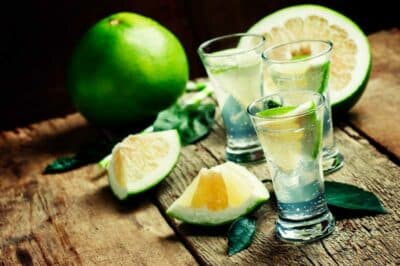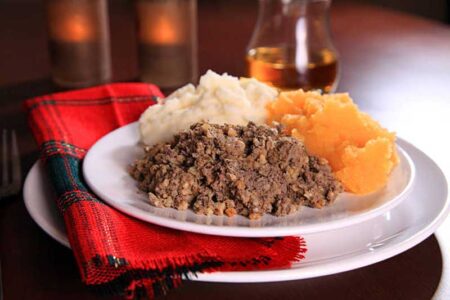Scotland’s food and drink, with its wealth of tastes, textures and seasonal variations, lies at the heart of its visitor experience.
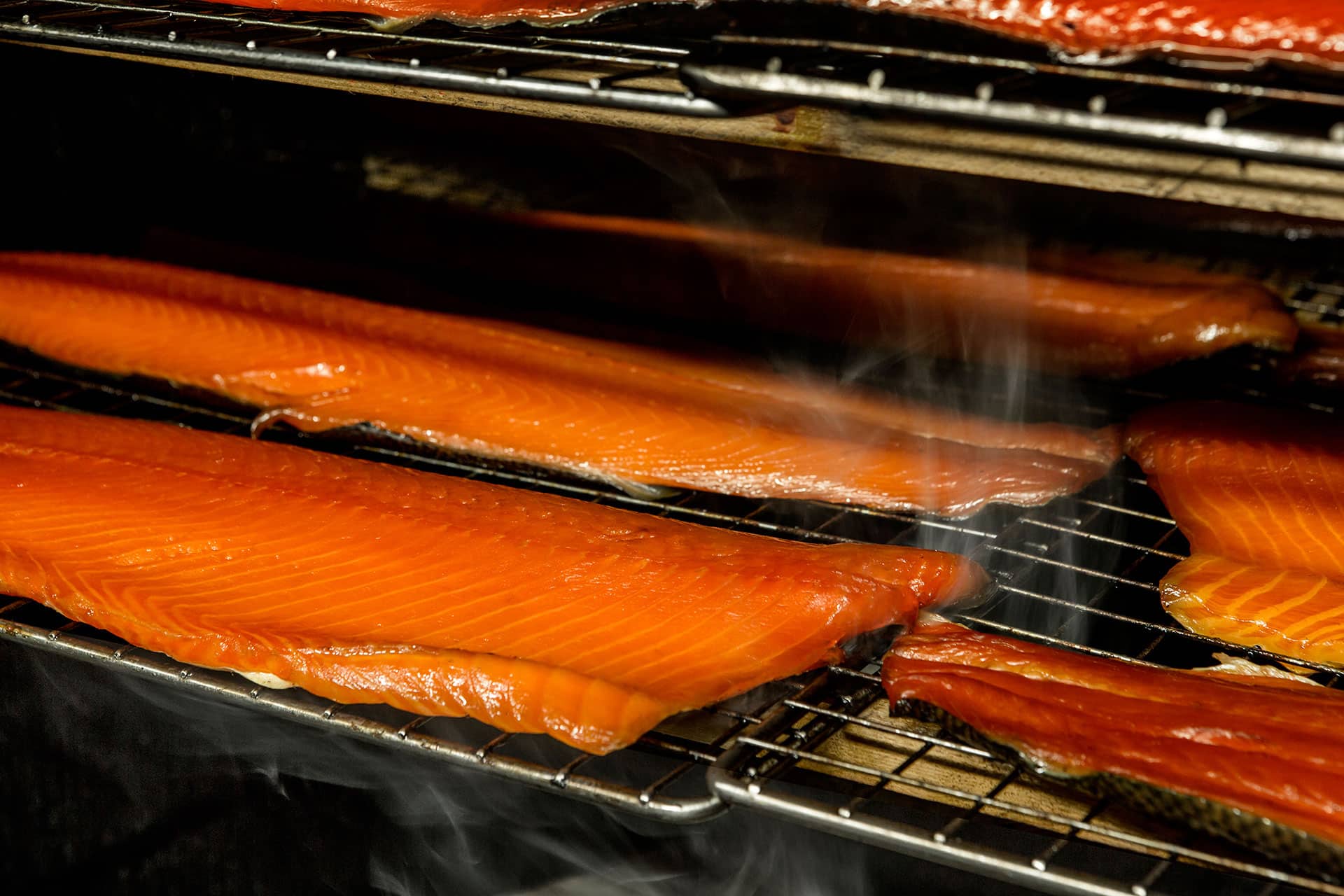
Scottish Smoked Salmon
Scotland is a place of abundant natural resources with clear rivers and coastal waters, lush green fields and acres of fertile land.
It’s the perfect environment to produce some of the best quality food in the world.
There are few more enjoyable ways of getting to know a country, its people, culture and history than through its cuisine.
Yes, Scotland has a rich and diverse culinary tradition, offering a wide variety of traditional food and drink that reflect the country’s history, geography, and cultural influences.
From hearty staples to sweet indulgences, Scottish cuisine caters to a wide range of palates and preferences.
Scotland’s food and drink: familiar names and flavours
There is a cornucopia of familiar names and flavours.
Among them are Aberdeen Angus beef, Arbroath smokies, wild Scottish salmon and Stornoway Black Pudding.
There are Perthshire soft fruits, Orkney Scottish Island Cheddar and other regional cheeses, good enough to give even the French a run for their money.
Often, it’s the small artisan business that produces the most exciting and innovative ranges.
It’s one of life’s great joys discovering them, perhaps on one of the growing numbers of new ‘foodie trails’ that run the length and breadth of Scotland.
There are seafood trails, cheese trails and even a chocolate trail and for whisky aficionados, the Malt Whisky Trail, which runs through the Speyside Scotch Whisky Region, is just waiting to be explored.
History of Scottish food
Not only have those directly involved in the catering industry been curious about the origins of Scottish gastronomy, historians have also taken an interest in what our ancestors put on their tables.
Over the centuries a myriad of sources have influenced our food. In the 8th and 9th centuries Vikings brought new cooking and preservation methods including salting and smoking which enhanced the food’s flavour and allowed it to be stored for longer.
Later the Romans introduced rabbits (for the cooking pot) to Britain and in the 12th century, knights returning to Scotland from the Holy Land brought spices.
In the 16th century Mary of Guise, the wife of James V, introduced French cooking to Scotland’s royal court. Using her chefs, who travelled from France with her, she enjoyed plate pastries filled with rabbit, venison or pigeon.
When ill with dropsy she was known to drink a concoction of sugar, cinnamon and other spices mixed with wine – a forerunner of mulled wine. Her daughter Mary Queen of Scots carried forward the love of French food and other customs.
Scotland’s traditional Food and Drink
This list of Scotland’s traditional foods is a long one but given the chance to cherry-pick a few of the old favourites, you would almost certainly start with haggis, the most traditional of all Scottish fare.
Haggis with neeps and tatties: This delicious spicy food, which admittedly has a daunting list of ingredients for those about to taste it for the first time, is eaten throughout the year.
It’s particularly popular at a Burns supper (25 January), a celebration of the life and works of poet Robert Burns, when it’s eaten with neeps and tatties and washed down with a dram or two of good Scotch whisky.
Making it is a competitive process and producers jealously guard their haggis recipes. And there is even a world championship haggis-making competition.
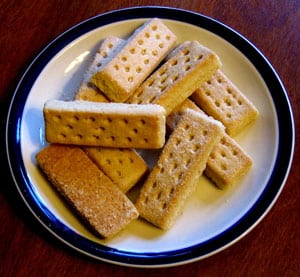
Soups: Scotch broth, cock-a-leekie and Cullen skink, a classic Scottish soup made with smoked haddock, potatoes and onions are still popular.
Porridge made with oats also remains a staple of the Scottish diet, perfect for a cold winter morning.
Traditionally it’s made with salt but today it’s not uncommon to add sugar and serve with fresh fruit.
If a reminder was needed about the lasting importance of oats in the Scottish diet, 14th century chronicler John Froissart noted “… they [Highlanders] place a plate on the fire, and moisten a little of the oatmeal.
“ And when the plate is hot, they cast some of the thin paste thereon, and so make a little cake in manner of a crak’nel, or biscuit and that they eat to comfort their stomachs…”
Cranachan & shortbread: For those with a sweet tooth, there’s cranachan, a wonderful concoction of oats, honey, raspberries and cream, with a healthy dash of whisky. Of course, no list is complete without mention of the ubiquitous Scottish shortbread.
Arbroath Smokies: These lightly smoked haddock fillets, named after the Scottish town of Arbroath, are a popular seafood delicacy. Traditionally served with butter and fresh bread, they are also a staple in Scottish breakfasts.
Lorne Sausage: An essential part of Scotland’s food and drink heritage is this tasty, thin and flat sausage, traditionally made from pork, beef, or both. It’s a popular addition to Scottish breakfasts and sandwiches. Its slightly crispy exterior and smooth, savoury filling make it a crowd-pleaser.
Black Pudding: This savoury sausage, made from pork blood, oats, onions, and spices, is another iconic Scottish dish. Often enjoyed as a breakfast staple, black pudding can also be served with haggis neeps and tatties.
Scotch Pie: This double-crusted meat pie is a popular and affordable snack or meal in Scotland. Traditionally filled with minced beef, Scotch pies can also be found with other fillings like chicken, salmon, or vegetarian options.
Clootie Dumplings: These soft and spongy dumplings, traditionally cooked in a cloth or cheesecloth, are a traditional Scottish Christmas treat. They are often served with whisky sauce or eaten on their own.
Stovies: A hearty and traditional Scottish dish made with potatoes, onions, and sometimes leftover roast meat, topped with beef dripping or fat from a roast.
Scottish fusion food
Today Scotland’s food and drink is a wonderfully eclectic mix of numerous cultures – French, Chinese, Indian, Italian and many others. Given that overseas influence, it’s perhaps not surprising that fusion food is now part of the culinary landscape.
As more chefs push gastronomic boundaries, Scottish fusion food has become increasingly more popular and great fun too. Imagine, for example, having haggis as part of an international fusion of foods.
You might try Indian pakora with haggis or Italian pasta filled with haggis. The possibilities are endless, limited only by the chef’s imagination.
Scotland’s favourite drinks: alcoholic and non-alcoholic
When it comes to enjoying a drink, Scotland has plenty to offer. While Scotch whisky is the national drink, there are also several whisky liqueurs to try.
There’s a wonderful world of craft gin and beers to discover, both have seen a resurgence of interest in recent years. With distilling and brewing happening all over the country, new flavours are constantly coming to market.
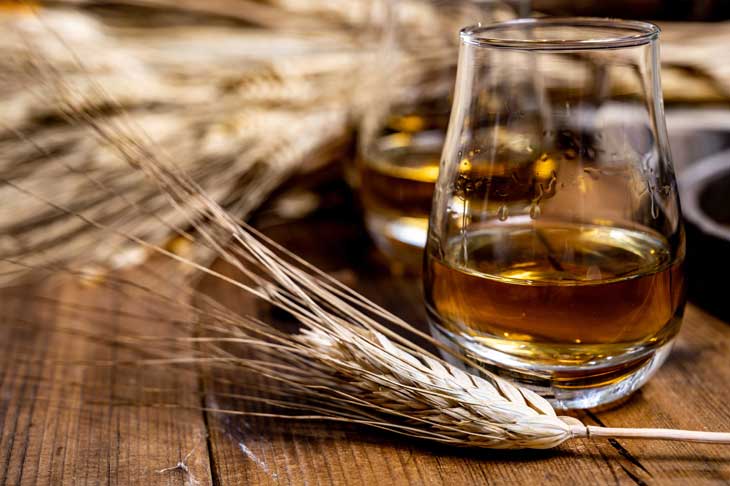
For those who prefer a soft drink, many of Scotland’s artisan producers have introduced drinks which focus on seasonal ingredients.
Among them are including apples, raspberries, sea buckthorn, orange berries and even sweet cicely.
This is just the tip of the iceberg, so if it’s alcohol-free you’re looking for, a bit of research is worthwhile.
If Edinburgh, the capital of Scotland, is your stopping point in the country it offers a delectable culinary scene that tantalises taste buds.
You will find traditional Scottish fare and a diverse array of international flavours.
From hearty comfort food to refined dining experiences, Edinburgh’s food scene caters to every palate and preference.
But we understand that it might well be a life’s work to get to know all the food and drink that Scotland has to offer.
Scotland offers a culinary adventure that will satisfy every palate and leave a lasting impression on your culinary journey. Enjoy!
More information about Scotland’s food and drink
- The Scotland Food and Drink Partnership official website says “We are here to nurture, support and champion the people and products of Scotland’s food and drink industry…”
- The National Trust for Scotland website has information about Scottish food traditions.
